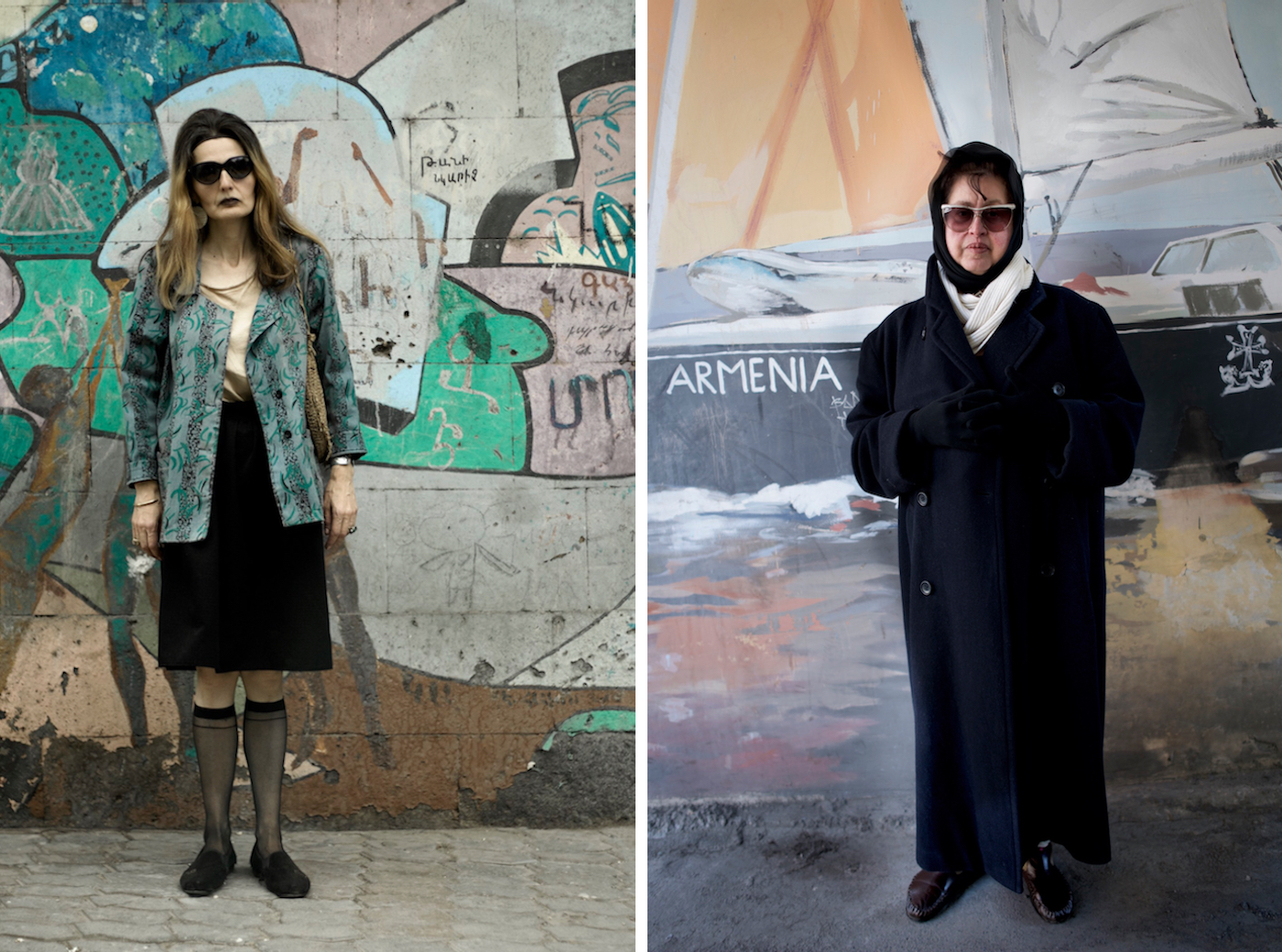The Street Style of Armenian Women
Intrattenimento postato da nedress || 7 anni fa
Since 2008, the Armenia-based documentary photographer Anush Babajanyan has captured, in her words, “the brightest strangers in Armenia.” These are women she’s approached while walking the streets of Yerevan. She’s drawn to them for their bold and unique outfits that, in marrying items from different eras, seem otherworldly.

Armenian women, Babajanyan says, are “often restrained” in their prom dress, with many following fashion trends strictly. Given the ways her subjects blend materials and accessories, colors and patterns, it’s hard to imagine them not standing out in most settings. But Babajanyan notes that these women particularly surprise her in light of the traditionally conservative position of women in Armenian society.
“These women are role models of self expression,” she told Hyperallergic. “Their looks symbolize a visual action against restrained, subdued behavior and feeling, which many women have when in a relationship or married to men in Armenia. The women in this series have no relation to that expectation of submissiveness — this is how their public appearance is an act of empowerment for other women.”
Inlandish originally began as a project while Babajanyan was studying at the Caucasus Media Institute. The title is a made-up word, a deviation of “outlandish.”
“So much of these women’s outer world is connected with their inner spirit, this inside-out living made me think of the word ‘Inlandish,‘” Babajanyan said. The images are classic street-style portraits, featuring individuals against backdrops that offer glimpses of Yerevan, from an entrance with peeling paint to a graffiti-covered wall to a large advertisement for Coke. After approaching the women, Babajanyan typically spends about an hour with them to learn more about their lives; she then takes their portraits, by which time most women are pose with comfort. A recap of each conversation accompanies the corresponding photograph on her website. From a politician to a painter, to a pen vendor who paints her nails to match her pens, the women touch upon their life choices; stitched together into a series, the images and stories create a community united by a strong sense of self-confidence and pride.
“In an environment that is often conservative and controlled by men, these women separate themselves by occasion dresses differently or wearing bright makeup,” Babajanyan says. “If it is possible to be like these women choose to be in Armenia, then it is also possible for Armenian women to make many more steps towards action, work, love, and freedom in their lives.”